
SIZE AND LOCATION OF SCARS For the tibia the incisions are more numerous, but of reduced dimensions. MOVEMENT OF SCARS ELONGATION OF THE FEMUR AND TIBIA IN THE SAME LIMB POSSIBLE TREATMENT TO MITIGATE SCARS Surgical scarring recovery can also be performed in case of special scarring problems (cheloid scar, etc.).
The operation takes place in "percutaneous", obtaining small scars, a little bigger than those caused by arthroscopy. For the femur (see image) three incisions are made:
The incisions are straight and thin, and do not widen like those of the external fixators. They will become a fine and whitish line after one or two years, depending on the ability of personal scarring.
Their rear and side positions make them invisible, even if the subject is naked. Following the constitution of the skin and hair, also in profile, you have to get very close to notice the scars.
In an important femoral elongation, the leg skin, in continuity with the thigh skin (body envelope "of one piece"), is pulled towards the thigh by means of elongation. The incisions then move upwards and at the time of the ablation of the lower screws may need an incision at the same, away from the initial scar that has moved. Similarly in an elongation of the tibia, the skin of the foot will pull upwards and that of the thigh downwards.
A simultaneous lengthening of the femur and tibia will lead to a considerable stretching of the skin, decreasing the articular play and causing major stretching problems of the cutaneous nerves, resulting in sensations of strong skin perception or burning.
For this reason, the bilateral elongations of the femurs and tibias, to obtain important increases, will be realized sequentially, with an intermediate period of mobility recovery between the two operations, rather than simultaneously.
Such treatment may include the intake of local topical drugs in the postoperative (Ketum, corticoids, etc.), or may be performed at a distance from the ablation of the nails, if possible (after the second incision to extract the nails).
You may propose a treatment by dermabrasion, laser, etc.
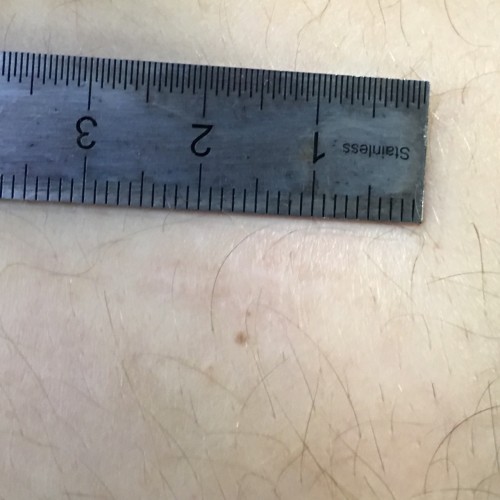
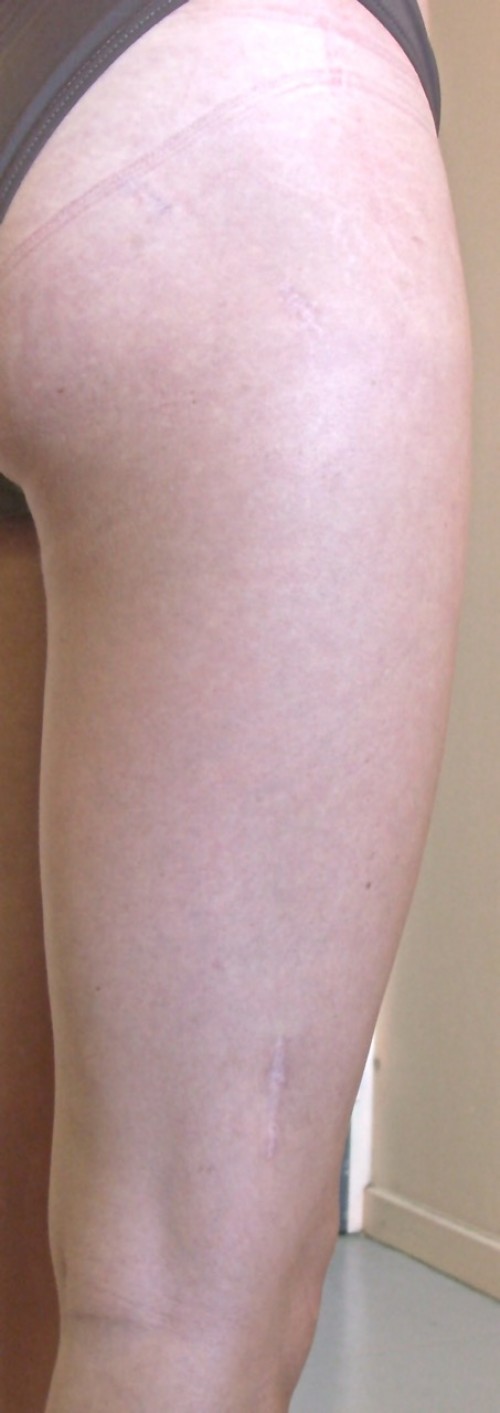
UPON AWAKENING FROM THE OPERATION BACK TO THE CHAMBER On the evening of the surgery most patients can keep their legs raised from the bed surface for 2-10 minutes. Muscle strains can start on the first day after surgery. By means of a Compex® type instrument, a muscle rehabilitation electrotherapy can be carried out quickly. The patient is put up in the evening, the day after or two days after the operation. It can start walking with strict prescriptions to avoid material problems (premature wear of the nail mechanism). You start to use the cycle from the second day postoperative, progressively for 20 minutes the first days, then 1h/ day, then 2h a day at the end of the lengthening.
Rehabilitation varies from one hospital to another. The protocols applied in the institute of the inventor of the Albizzia are the following:
In the CPR room the patient is placed on an electric mobilization machine (Kinétec®). The first post-operative day recovers most of his mobility, i.e. 130-140 o'clock knee flexion.In many instances, the patient can raise his or her leg a few hours after the surgery. Muscle recovery is rapidly obtained (ie, suppression of muscle inhibition).
Usually the patient is able to remove the foot from the bed and lift the leg a few hours after the operation. For this reason, muscle recovery is achieved quickly (cessation of muscle sideration).

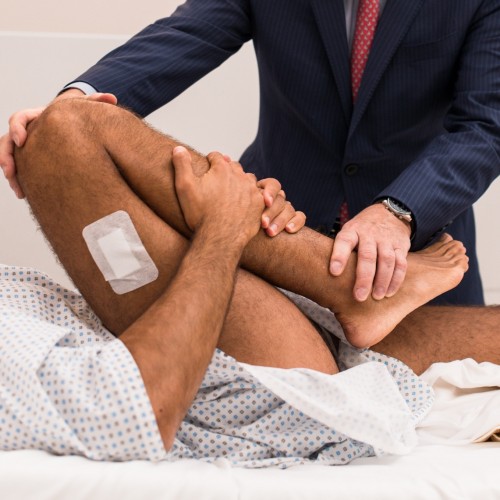
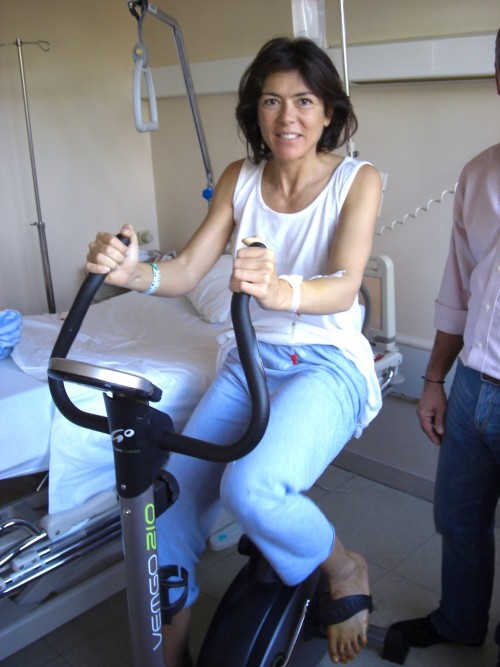
Pain is an individual notion and is not common to all patients. It can be almost non-existent for some patients or intolerable for others. It is generally properly tolerated thanks to the use of drugs and physical exercises. PAIN POST-OPERATORION PAIN RELATED TO CLIQUETAGE AND ELONGATION The muscular pain of adaptation is mild, but persists longer. It is found in elongations by means of internal and external fixators. It’s similar to the pain of some teenagers developing and the pain of muscle training. For example, to get an idea, think of the pain of recovering from intense sports activity after a period of total inactivity. Similarly, in adolescents in development, pain in the limbs is found in the case of annual increases of maximum 5 cm on the lower limbs, while you can reach 10 cm in three months in case of surgical elongation: The organism necessarily needs to adapt to this unnatural rate of growth and therefore generates pain. This kind of pain occurs especially at night, at rest. The pain that occurs 2-3 weeks after the operation is linked to a very intense ossification and represents a risk of premature bone melting. Cliquetage becomes very difficult, if not impossible to achieve. It may require the use of total anesthesia to make a few clicks in order to "stop" the painful reaction and ossification. Such anesthesia lasts from 3 to 5 minutes and allows to gain some millimeters. If the problem occurs late, a new operation may be required to cut the formed bone. In most cases, a single total anesthesia definitely solves the problem. In most cases it can be avoided if the surgeon is very attentive to every painful sign and acts anticipating the signs of ossification. By the fifth or sixth week, pain tends to disappear and patients estimate it to be between 0/10 and 1/10.
It is managed with anesthetics and medications. You can use a peridural or femoral catheter, but by taking specific medications not to inhibit the action of the muscles, thus delaying a week - if not longer - re-education. You need to take full care of the patient.
Pain can occur at the beginning of lengthening if the patient does not have sufficient mobility or is not psychologically ready. Usually, when the patient is well prepared, the pain is weak or almost non-existent, analogous to the stress of the patient himself. The pain does not concern only the internal nails as it also exists in the case of external fixators, and sometimes leads to the abandonment of treatment. The cases in which the perception of pain is strong are fortunately rare.
The lengthening operations are performed by the patient, the family, the surgeon or the kinesitherapeut, through operations of internal and external rotations alternate of the leg. If the recovery of postoperative mobility is complete, the operations are painless. The patient finds for himself the position that allows him to perform his cliquetage: usually in semi-flexion of the thigh and knee, sometimes in full extension or even in strong flexion. 15 clicking movements result in an increase of 1 mm. The patient performs five cliquetage three times a day to gain 1 mm. The cliquetage must be performed in complete muscular relaxation. If the mobility of the knee is normal and the patient relaxed, no pain is felt. A good surgical and re-educative treatment eliminates the problem of cliquetage under total anesthesia.
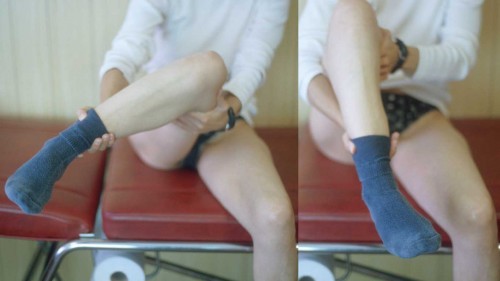

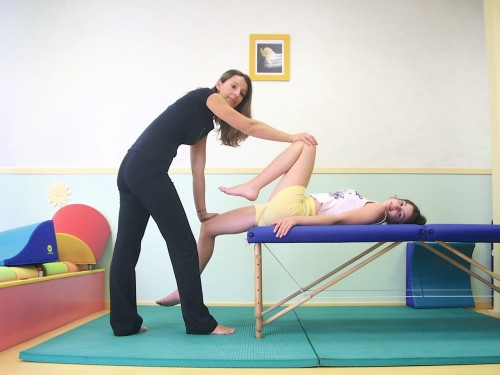


With an external fixator, a femoral elongation considerably reduces the mobility of the knee (at 50% flexion, if not less). With an elongation nail, mobility can be very reduced, in case of insufficient rehabilitation treatment, or in case of special problems. Dr. Guichet’s protocol allows for the maintenance of knee mobility of around 120 years of flexion during and after elongation, if preparatory mobility was normal. For information, the mobility of the knee by means of an external fixator for femoral elongation decreases considerably (50 jt) and takes on average 17 months after the initial operation to recover 120 jt. Except for exceptions, the same joints are not altered, and only the tendons around become too short for the length of the bone segment, reducing the articular amplitude. Joint mobility (which mainly affects bi-articular muscles) decreases transiently and gradually recovers with the adaptation of tendons and muscles. Push-ups are generally not a problem. However, the hip extension decreases transiently leading to a forward pelvis oscillation. Premature gait forces the pelvis to straighten. The knee can be slightly bent, but also in this case we recommend therapy for recovery. A strong abdominal and lumbar musculature reduces the risk of pelvic oscillation.
To achieve a good result you do not need a competitive training. The reactivity of a muscle in elongation obeys a physiology that does not correspond to that traditionally taught in many rehabilitation centers. In other words, this re-education is very specific, and must obey precise rules to avoid muscular-tendinous inflammation generating inflection, stiffness and complications. The elongated muscle reacts a bit like a teenager’s muscle: it needs time to adapt to bone growth. In a teenager, a femoral growth of 3 cm takes one year of adaptation. In the adult, this increase is obtained in a month with a surgical elongation. This means that the adaptation will take more than a month and can last up to a year, depending on the patient’s condition and age. Active stretching exercises are required and must be controlled by the patient himself, along with the kinesitherapy that teaches the patient the necessary exercises. Passive stretching is forbidden. An optimized management of re-education will allow for 4 to 7 hours of re-education per day, allowing a rapid resumption of normal activities after lengthening (walking, sport, profession).
Re-education will take place in several directions:
• Recovery of muscle strength and pre-operative joint amplitudes
• Maintenance of maximum joint widths permitted during elongation
• Muscle strengthening work in instantaneous strength and endurance
• Active stretching
• Anti-inflammatory action
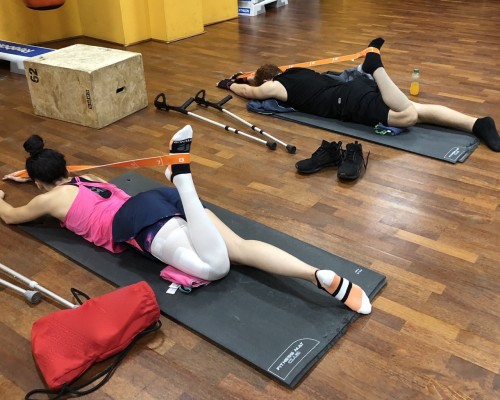

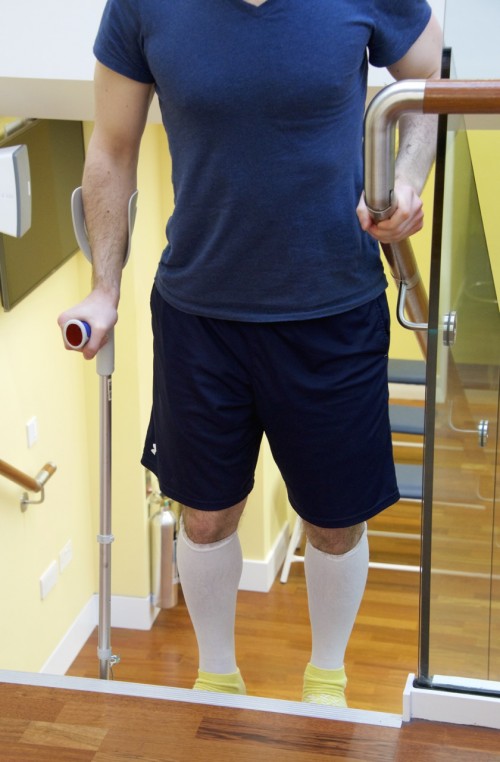
UNILATERAL ELONGATION BILATERAL ELONGATION SPECIFICITY OF THE GAIT PATTERN OF THE STRETCHED PATIENT
In case of lengthening of only one side, you can resume walking with the support of the crutches in the immediate postoperative. The support (light) is allowed immediately and the complete support before the end of the elongation. Some sports activities can be resumed before the end of the lengthening.
In the case of bilateral elongation, the conditions for authorising gait depend on the patient and the specific limits that he or she may have. Authorised walking without limitations can lead to premature wear of the screw and make further elongation impossible. The surgeon must therefore know thoroughly the biomechanics to be able to modulate among patients the modes of walking allowed. Following Dr Guichet’s protocol, he began walking again immediately after the surgery. In general, in other ways, it is necessary to wait 2-3 weeks for the patient to walk sufficiently again and to leave his room autonomously. At the end of lengthening, the patient can often walk for 15 - 20 minutes at a time. In the following month, it still improves the walking ability, and some patients manage to walk for 8-10 hours a day 2-3 months after the end of the elongation for increases ranging from 4 to 9 cm.
In an elongation, especially in cases of low stature, the gait is initially altered. It normalizes completely after complete scarring (fusion) of bone. Gait reflects the muscle changes that occur, especially the difficulty of adapting bi-articular muscles. At the moment of walking, therefore, the lower limbs will be stretched, even if the individual articular amplitudes are respected. The rigidity of the tapered band will lead to a gait in slight internal rotation of the feet, with the legs apart. There will be no lameness (in the percutaneous technique) but the aponeurotic rigidities of the pelvis will lead to an oscillating gait, between the right and left sides. The pelvis will rotate forward due to the relative rigidity of the front straight. This is the consequence that it takes longer to regress since the anterior rectums need a long time to adapt.
Even the sitting position in the bed will follow the dynamics of elongation: the patient will not be able to swing the pelvis in a completely seated position while keeping the knees relaxed, due to the stiffness of the tibial ischio muscles.
Generally these effects regress within a few weeks after the end of the lengthening, enough not to allow someone who attends the patient to notice that he has undergone surgery.
In bilateral, but also unilateral, stretches, some sports, except combat sports and jumping, can be resumed quickly after the operation. SWIMMING THE EXERCISE BIKE AND MUSCLE RECOVERY STEP OVERALL MUSCULAR STRENGTHENING OF THE BODY
Swimming is resumed quickly and is part of the training protocol after a bilateral stretching operation. It’s not about wallowing in water, it’s about stretching. In general, a half hour or an hour of swimming is very tiring for the patient, but very useful. In the Guichet Institute, the immediate proximity of an Olympic swimming pool allows you to regain your strength considerably.
The exercise bike is usually started from the first day after surgery. Initially it will be carried out without resistance, but may last more than an hour a day. Muscle strengthening starts from the second or third week following the operation, without rotating movements.
Muscle work is carried out against resistance, increased gradually up to more than 80% of the maximum strength of the muscles when the bone is scarred.
In general you can start the step before the end of the elongation. Severe measures will be prescribed to avoid forcing too much on the nail. This training will allow you to quickly recover the instant muscle strength and endurance allowing a prolonged walking after the end of the elongation. Impact sports (jumping, etc.) and combat sports should be avoided during the elongation phase and the subsequent ossification phase. These activities, in fact, risk subjecting the nail to too much tension, and to make it bend, if not break. The surgeon will provide the precise sequence of the resumption of sports activities according to the patient.
In a young subject, at the end of the lengthening process, all sports (excluding those that provide contact and jump) are allowed according to the tastes and individual tolerance, as well as the risks proper to the patient. It is desirable to continue muscle training throughout the year following surgery to allow the muscles to adapt sufficiently to their new length.


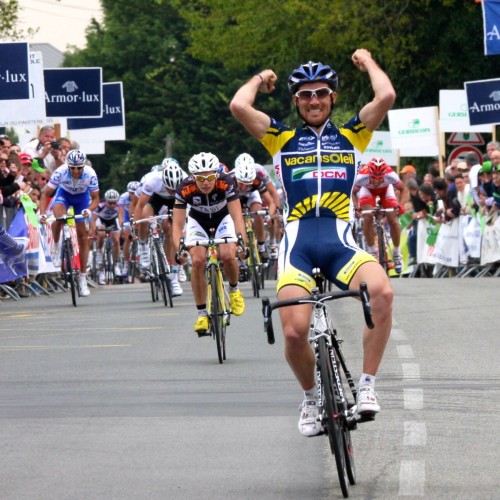
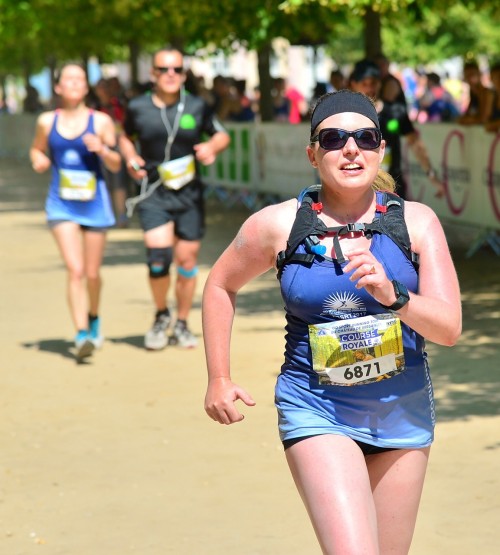
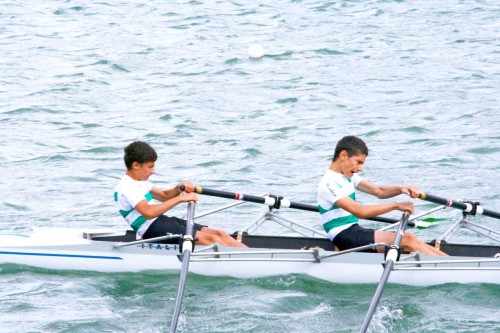
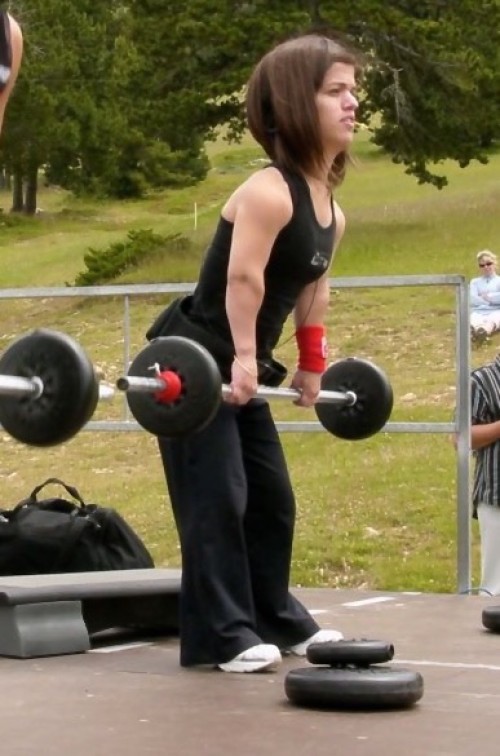
During the elongation phase, physiological changes make normal activities difficult. The use of the Guichet nail makes it necessary a complete observance of the surgeon’s prescriptions, so that the lengthening takes place without problems. UNILATERAL ELONGATION BILATERAL ELONGATION REMOVAL OF THE NAIL
In unilateral lengthening the autonomy will be recovered already in a week.
In bilateral stretches, autonomy will be more difficult to recover, since surgical trauma is more important. Apart from the exceptions, the patient will be able to recover a proper autonomy within two weeks. To drive, the patient will have to wait about 1-1.5 months. It must be considered that although it is often possible to drive, it is not advisable for several reasons. To go shopping or run errands on foot, you will have to wait 1-1.5 months postoperative. Generally, for elongations of 4-9 cm obtained in the 3-6 months after the operation, it will be possible to resume professional activities. The timing of the recovery is not linked to the increase as to the reaction of each patient. Some patients, in fact, tolerate elongations of 8 - 9 cm well and can resume their professional activity from the fifth month, others tolerate an average elongation of 6 cm. In the 8-15 post-operative days, the patient must remain in a hospital or convalescence center to regain its autonomy. Afterwards, it must remain close to the hospital that performed the operation for 4-6 weeks to avoid problems and prevent any complications. In this period, he will have to be assisted by a family member since transport, meals, etc.. are very difficult to achieve independently.
It must be kept in mind that premature support and the absence of an external fixator allow an extremely rapid functional recovery in comparison to other techniques, although patients would like to have a normal increase and recovery of all activities the day after surgery...
When the scarring is completed, you can resume an intense sports training (usually between 4 and 12 months) and even running. Usually after an elongation of 4 6 cm and after about 2 months from the end of the elongation, it will be difficult to notice a gait different from before.
The removal of the nail leaves empty in the bones (screw, nail). Therefore the bone will be more fragile until such voids are filled. It is indicated the use of crutches for 2/3 weeks, and sports will be resumed gradually. Intense or impact sports are recommended only after 3/6 months, gradually, when the bone is perfectly healed. The patient from complete bone fusion (about 4 to 6 months after operation) can resume before ablation all sports, including competitions. Ablation is performed after 18 months in surgery. A complete budget (MOC, muscle testings, psychological balance, etc.) will be required to enable the result to be finalized. Ablation is performed in day hospital and the patient can quickly return home. There is no stiffness after ablation and recovery is fast.
It is crucial because a growing muscle - especially if you stretch the muscle and force it to "grow" - needs a lot of calories. An elongation of 8-10 cm may require more than 50000-70000 Kcal extra, which in theory should be provided during the elongation phase, almost 500-1000 Kcal/day more! Muscle training for competitions can take up to 600 Kcal/hour of full athletic activity. In an elongation, the muscles are put to the test: the increase of force and the adaptation will happen only if their biological need is taken into account. Similarly, calcium intake is important for both muscle and bone. To activate the mechanisms of food assimilation and growth, it is necessary to supplement the diet with vitamins, trace elements and amino acids, especially essential.
Weight loss during elongation often shows that the body is in negative metabolic balance. To avoid this effect, an appropriate diet is necessary. The mechanisms of depression are strongly linked to the calorie deficit during elongation. In addition to the necessary additional caloric intake, muscle and psychological relaxation can be helped by muscle decontractors (benzodiazepines or the like).
Sometimes, the specific intake of growth hormone or other elements to accelerate bone scarring and soft tissue adaptation is justified or convenient. Cholesterol-rich foods are also important for the formation of new cell membranes. Dr Guichet’s team will also follow you from a nutritional point of view. Slimming is an indication of a negative metabolism that will then be corrected with a proper diet.
The mood is also affected by a reduced caloric intake. It will also be necessary the integration of decontractors useful for muscle relaxation.
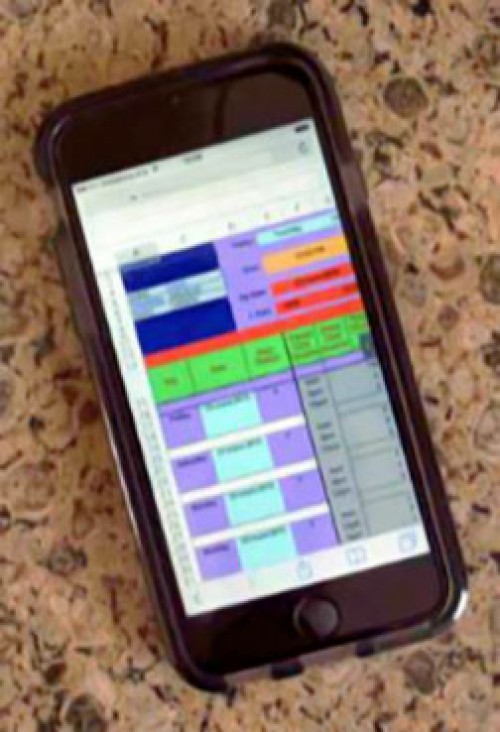

Weymouth Street Hospital
42-46 Weymouth St.
London W1G 6DR, UK
Phoenix Hospital Group
9 Harley Street
London W1G 9QY, UK
Harley Street Specialist Hospital
18-22 Queen Anne St.
London W1G 8HU, UK
Studio Dr. Guichet
Corso Magenta, 44
20123 Milano, IT
+39 0236758514